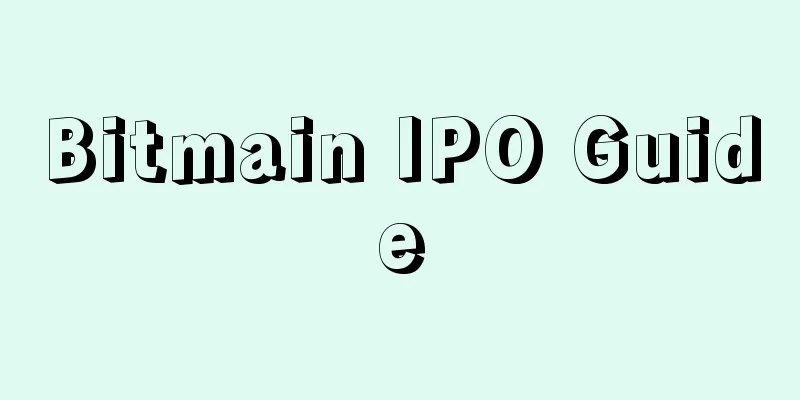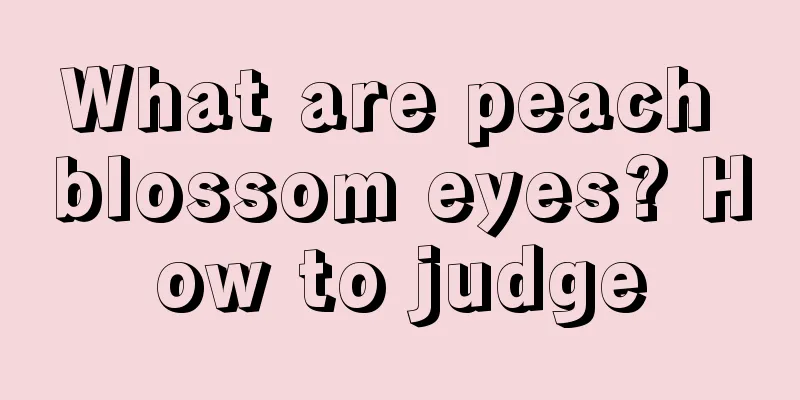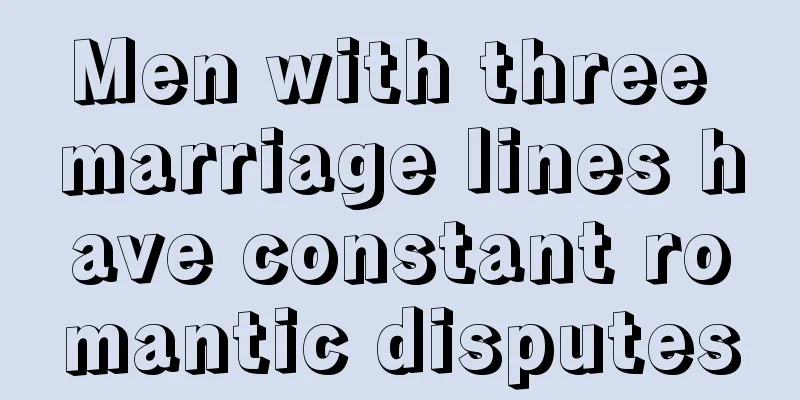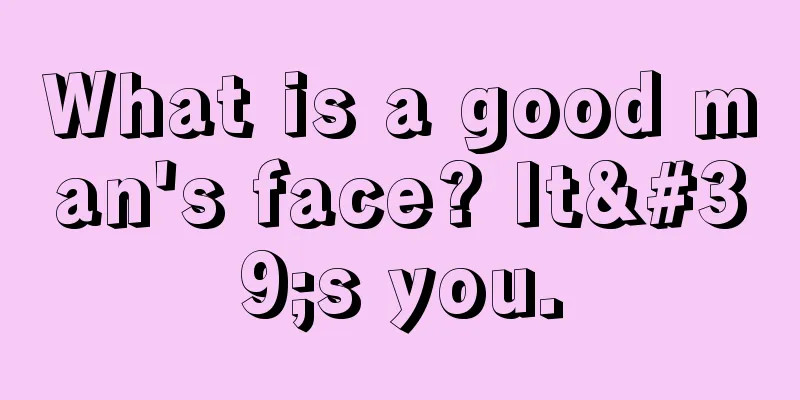[Pencil exclusive interview with R3] Currently progressing well, Corda will be the first to open source in China today
![[Pencil exclusive interview with R3] Currently progressing well, Corda will be the first to open source in China today](/upload/images/67e70051464c4.webp)
|
Reporter: Lydia After the news that Goldman Sachs and Spain's Santander Bank withdrew from the R3 blockchain alliance, relevant people have speculated that more banks will choose to withdraw from R3, and various media have been digging deep and competing to report on the circumstances and reasons that affected the R3 alliance's $150 million financing. In order to verify the authenticity of such reports that are everywhere on the Internet, the reporter of Blockchain Pencil interviewed R3 insiders.
The person said that many alliance members do not have too many concerns about the future development of R3, and those who question the R3 blockchain alliance, or even believe that blockchain technology is gradually being neglected, are all groundless worries. We cannot deny R3 completely just because a few institutions have left. As R3 responded earlier, developing technology of this scale requires long-term investment and a lot of resources, and our members come from different industries and have different abilities, which will change over time. These individual actions can be treated rationally.
Corda system will be the first to be open source in China The R3 Corda private chain platform was developed by R3CEV specifically for traditional financial institutions with huge transaction volumes. After more than 70 alliance members negotiated and decided to formulate blockchain standards, it was finally officially implemented as open source. James Carlyle, Chief Engineer at R3, said:
Corda’s code will be made available on November 30 to the Hyperledger project, a cross-industry effort led by the nonprofit Linux Foundation that aims to improve blockchain technology with universal standards. Due to the time difference, Corda will be the first to be open sourced in China today. The role of blockchain in banks is unquestionable Blockchain technology, best known for powering the bitcoin transaction system, is gaining traction as banks look to use it to speed up transactions, cut operating costs and make banking and other infrastructure more secure, potentially saving billions of dollars. Supporters of blockchain technology believe that the technology will reduce the hidden costs of the financial system, improve transaction efficiency, reduce the demand for transaction insurance, and strengthen its application in payment, trade finance, syndicated loans, equity liquidation and other fields. This technology, which can reduce bank operating costs on a large scale, is very popular among banks in the current context of ultra-low interest rates and regulatory increases in capital requirements. On November 14 last year, 10 R3 members successfully tested a KYC (Know Your Customer) registration system based on a distributed ledger. As a shared platform between banks, the registration system can create and manage digital identities and provide a KYC management mechanism for the financial sector. This move can not only use blockchain technology to share physical transaction information between banks and reduce a lot of duplication of work, but also protect financial institutions and reduce unnecessary transaction risks. In April this year, the R3 Alliance released Corda, a distributed ledger platform for financial institutions, which is used to record, manage and synchronize financial agreements between regulated financial institutions. In order to meet the regulatory requirements of anti-fraud and anti-money laundering, commercial banks in various countries have to increase their investment costs in compliance. This cost cannot generate profits for banks and is a complete burden. Therefore, if blockchain technology can save banks a lot of repetitive work, record and update user data in a timely manner, and realize encrypted sharing and monitoring of abnormalities, it can greatly save bank operating costs. |
<<: HashMining---Zcash computing power only 11 yuan/S/year
>>: In 2017, Ernst & Young, one of the Big Four, will be the first to accept Bitcoin payments!
Recommend
Know a man by his face. Men with these three types of faces are blessed.
Men with full chins are blessed A man with a full...
Female star with almond eyes
We all know that almond eyes were one of the symb...
Two crypto lawyers discuss Three Arrows Capital’s bankruptcy and liquidation: How investors can learn from it and reduce losses
The recent order by the British Virgin Islands co...
Are men with droopy eyes more likely to get divorced?
Are men with droopy eyes more likely to get divor...
The search function of Wabi.com has been upgraded to make the search more convenient.
Today, the website search function has been upgra...
People with poor emotional control
There are many unsatisfactory things in life. If ...
The labor dispute between Bitmain and Biyin was ruled that Biyin executives must return the non-compete compensation and liquidated damages
According to the Beijing Court Trial Information ...
Xie Dan: How to achieve Pareto optimality through mathematical game theory of mining machines (deep brain-burning)
Author: Xie Dan, CEO of Xinmai Microelectronics C...
What does an evil mother-in-law look like?
What does an evil mother-in-law look like? The fi...
How Cloud Mining with Powerful Capabilities Outperforms Traditional Mining
In recent years, blockchain mining, especially Bi...
INNOSILICON T3+Pro 67T energy efficiency optimization notice
Dear INNOSILICON users: The Innominator T3+ is kn...
Is it true that people with prominent brow bones are the most competitive?
Sometimes, we can tell a person's personality...
The multi-functional triangle console is now available for pre-sale, limited to 20,000 units
The multi-functional triangle console is now avai...
Physiognomy teaches you how to succeed in your career
Physiognomy teaches you how to succeed in your ca...









